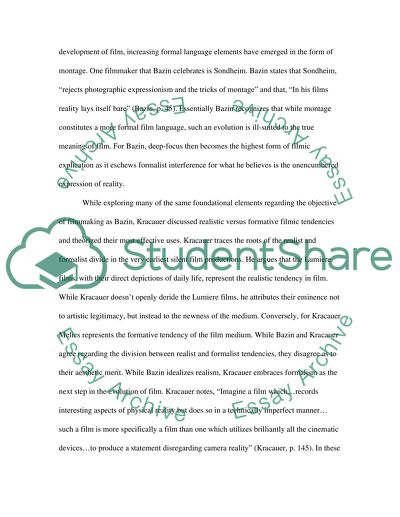Cite this document
(“Film theory Essay Example | Topics and Well Written Essays - 1250 words”, n.d.)
Retrieved from https://studentshare.org/visual-arts-film-studies/1395301-film-theory
Retrieved from https://studentshare.org/visual-arts-film-studies/1395301-film-theory
(Film Theory Essay Example | Topics and Well Written Essays - 1250 Words)
https://studentshare.org/visual-arts-film-studies/1395301-film-theory.
https://studentshare.org/visual-arts-film-studies/1395301-film-theory.
“Film Theory Essay Example | Topics and Well Written Essays - 1250 Words”, n.d. https://studentshare.org/visual-arts-film-studies/1395301-film-theory.


